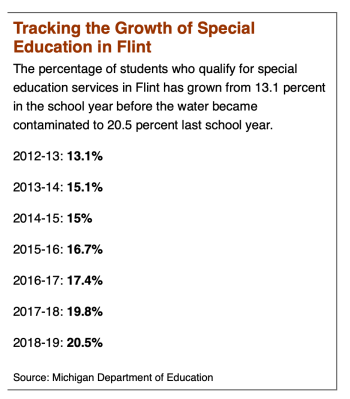What Kids Who Bully Often Have In Common
Experts share traits that have been linked to bullying behaviors.
When parents, educators and mental health professionals talk about bullying, there is understandably a lot of emphasis on the victims. But in focusing solely on victims in anti-bullying efforts, an important part of the equation gets forgotten: the kids who do the bullying.
“Bullying is not a one-time event or a random act of mean behavior but rather a pervasive, ongoing pattern of aggression targeted toward another child who in some way has less power in the relationship,” explained school psychologist Rebecca Branstetter, noting that it’s important to distinguish it from other forms of aggressive behavior or typical childhood conflicts.
Obviously every child who bullies comes from different circumstances and has different reasons for this behavior. There is no one profile of a bully, as each child who engages in this conduct has a unique set of challenges. But there are many common traits and experiences among bullies, and examining them can be beneficial.
“When we identify common threads, such as being shame-prone and having trouble with social-thinking and social-communication skills, we can intervene early and in a proactive way,” Branstetter told HuffPost.
“Children’s personalities, integrity and inner-self are still developing ― they are not ‘finished’ yet,” said child psychologist Jillian Roberts. “The earlier we address these issues in both the aggressor and victim, the more opportunities we create for growth and healing on both sides.”
HuffPost spoke to Branstetter, Roberts and other experts to identify some of these commonalities. Here are 10 things many kids who bully have in common.
Lack Of Empathy
Children who bully often tend to be stunted when it comes to self-awareness and CONTINUE READING: What Kids Who Bully Often Have In Common | HuffPost Life












